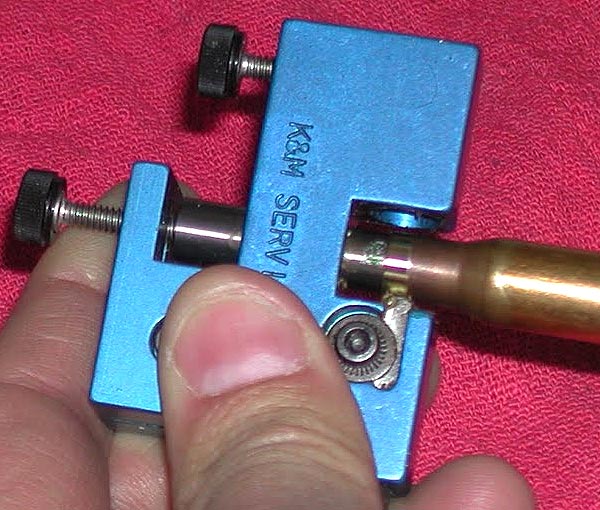Recall of .22 WMR and .17 HMR Ruger American Rimfire Rifles
Ouch. The Ruger American Rimfire (RAR) rifle has only been on the market for a few months, and now some of the .22 WMR and .17 HMR versions are already being recalled. Some of these RARs left the factory without the necessary gas venting port.


CLICK HERE for Full Ruger American Rimfire Recall Notice
Reason for Recall
Ruger American Rimfire rifles chambered in .22 WMR and .17 HMR manufactured between November 17, 2013 and January 8, 2014 were manufactured without a vent hole. This hole should appear just below and behind the serial number on the left-hand side of the receiver. The hole does not serve any function during normal operation of the rifle, but is a safety feature and may help vent gas in the event of a problem such as a ruptured case head or bore obstruction. Rifles are being recalled to add the vent hole to the action.
Which Particular Rifles Are Being Recalled?
Only Ruger American Rimfire rifles chambered in .22 WMR and .17 HMR within the serial number range 830-34831 to 830-43880 are subject to the recall. If your rifle is chambered in .22 LR or falls outside this serial number range, it is not subject to the recall. If you do have a RAR chambered in .22 WMR or .17 HMR, examine the left side of the receiver, just below and behind the serial number. If there is a hole there (Figure 1), then you do not need to return the rifle. If there is no hole (Figure 2), then the rifle should be returned.


If you own a RAR chambered in .22 WMR or .17 HMR that is subject to the recall, contact Ruger. Call (603) 865-3100 or send email to: recall@ruger.com. After verifying that the recall applies to your rifle, Ruger will send out a packing container, detailed instructions, and shipping label so you can send in your rifle FREE of charge. Ruger will then retrofit your rifle and return it to you within one week of the day Ruger receives it.
For RAR owners affected by the recall, Ruger will pay all costs of shipping (both ways). Ruger will also include a free magazine, a $24.95 value, when Ruger returns the rifle. Connecticut residents will receive a ShopRuger.com gift certificate in lieu of the magazine.






















